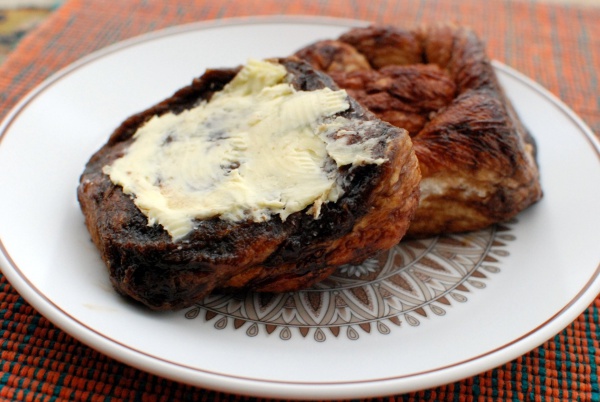Facts About Zeeuwse bolus
A Zeeuwse bolus, also known as Zeeuwse bolussen, is a delightful sweet treat with a rich history. Originating from the Dutch province of Zeeland, this pastry was invented by Sephardic Jewish bakers in the early 17th century. Its recipe, which traces its roots to the Portuguese region of Alentejo, quickly became a local favorite and even spread to France.
Made from white bread dough rolled in dark brown sugar and shaped into a spiral, Zeeuwse boluses are imbued with the flavors of lemon zest and cinnamon, giving them a distinctive taste. The shape can vary depending on the baker, but all versions share a common sweetness and are often enjoyed with a cup of coffee. Some indulge further by spreading butter on the flat underside.
In addition to the classic bolus, the Netherlands boasts other variations. Ginger boles, filled with ginger, and orangeade boles, filled with a mixture of orangeade and almond meal, are also popular. These golden yellow pastries are sticky from the syrup and are typically served in paper, eaten with a spoon.
The tradition of making boluses has been refined over the centuries, with some bakers using steam ovens to keep the pastries tender. The skill and creativity involved in making boluses are celebrated annually during "bolus week" in Zeeland, where the Bolus Baking Championships Zeeland are held. The winner earns the Bolus Trophy and the prestigious title of "Best Bolus Baker."
Boluses are considered a Jewish pastry and have spread globally due to the Jewish diaspora. They can be found in cities like Jerusalem, Moscow, and Paris, as well as in the south of France. The word "bolus" itself comes from Yiddish, with the Dutch Van Dale etymological dictionary suggesting it is the plural of "bole" which in turn comes from the Spanish words "bollo" (bun) or "bola" (ball).
Whether you enjoy one with a hot cup of coffee or simply savor its sweet, cinnamon flavor, the Zeeuwse bolus is a pastry with a story as rich as its taste.

 Belgium
Belgium